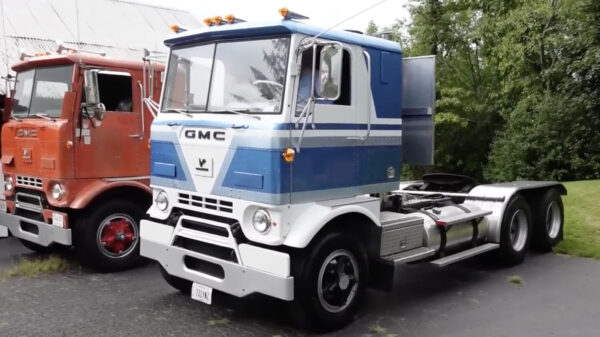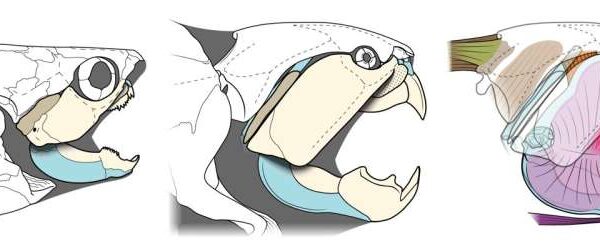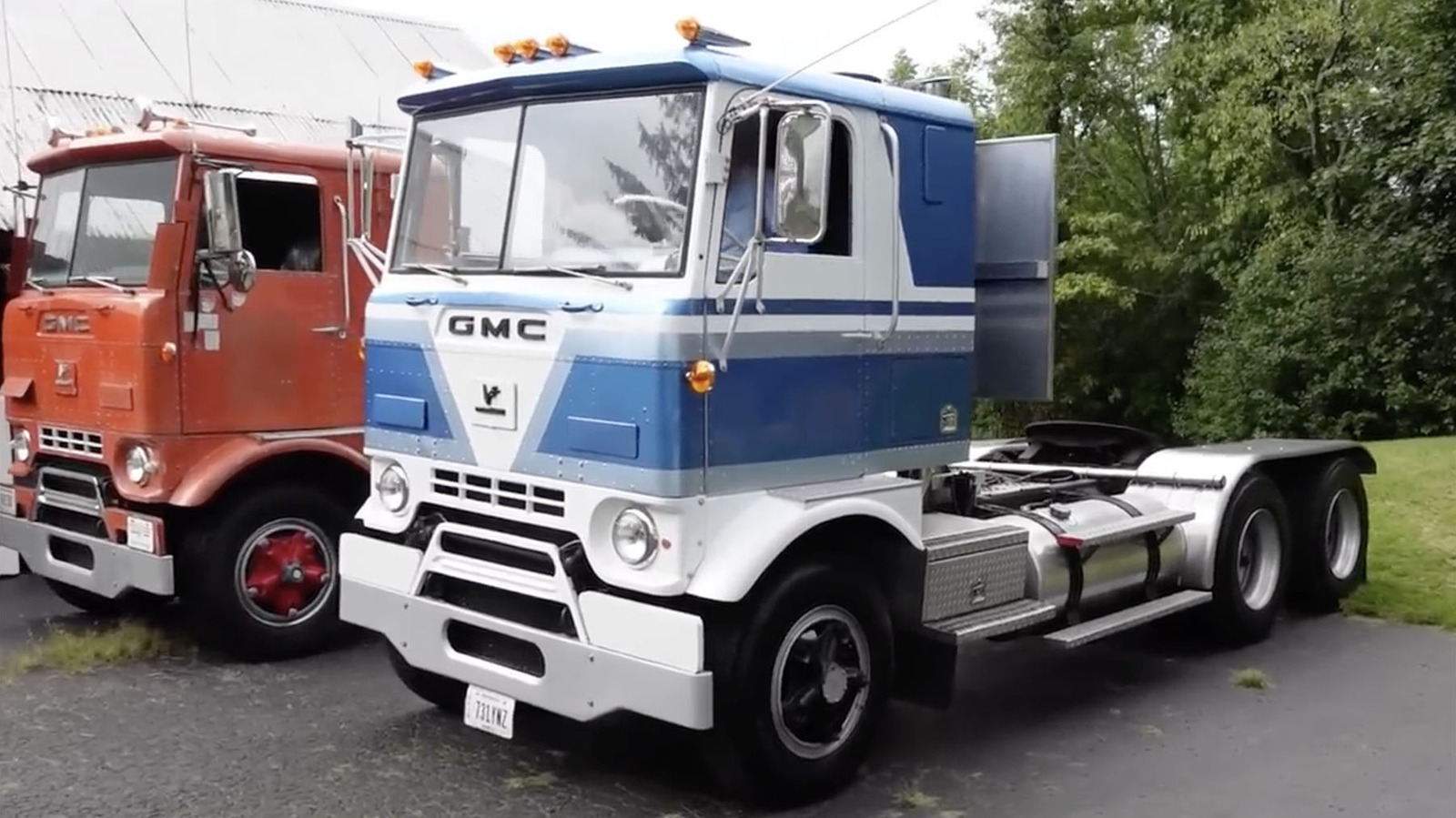General Motors (GM), a prominent name in the American truck market, made a significant mark in the semi-truck sector with its innovative model known as the Crackerbox. Introduced in 1959, the Crackerbox was considered one of the most advanced semi-trucks of its time, boasting technology that set new benchmarks in performance and efficiency. However, despite its groundbreaking features, GM ceased production of heavy-duty semi-trucks in 1986, marking the end of an era for the company in this segment.
The Evolution of the Crackerbox
The formal title of the Crackerbox is the GMC DLR 8000 and DFR 8000, categorized as heavy-duty, Class 8 cabover semi-trucks. The unique design of the Crackerbox, characterized by its thin and tall shape, led to its memorable nickname. The cab measured 48 inches in length, a feature intended to minimize weight while maximizing the capability to tow longer and heavier trailers.
GM’s engineering philosophy centered on weight reduction, which was evident in the Crackerbox’s construction. Featuring an advanced frame design and fiberglass body panels, it achieved a weight reduction of nearly 50% compared to its predecessors. By the late 1950s standards, the truck was equipped with independent front suspension, power steering, and air ride, making it a standout in the market.
The Crackerbox also offered flexibility in specifications, allowing for either single or tandem rear axles, and was powered by gasoline or Detroit Diesel engines. These innovations enabled the Crackerbox to meet the demands of a trucking industry increasingly focused on efficiency and payload capacity.
A Mixed Legacy
While the Crackerbox excelled in performance, it did not capture the hearts of all truck drivers. The emphasis on lightweight design came at the expense of driver comfort. The cab was cramped, noisy, and poorly insulated, presenting challenges for those who spent long hours on the road. Safety standards of the time were also less developed, further complicating the driving experience.
Despite these drawbacks, the Crackerbox became known as a workhorse in the industry, valued for its functionality. It was ultimately replaced in 1969 by GM’s more modern offerings, the GMC Astro 95 and Chevrolet Titan, which would serve as the company’s flagship heavy-duty trucks throughout the 1970s and into the 1980s.
By the mid-1980s, GM faced declining market share in the semi-truck sector, leading to the decision to phase out Class 8 truck production. The company sold its stake in the industry to Volvo, concluding a chapter in its history that, while not the most glamorous, was nonetheless impactful. Although GM’s semi-trucks may not enjoy the same iconic status as brands like Peterbilt or Freightliner, the Crackerbox remains a significant part of American trucking history, illustrating the innovative spirit of the era.



































































